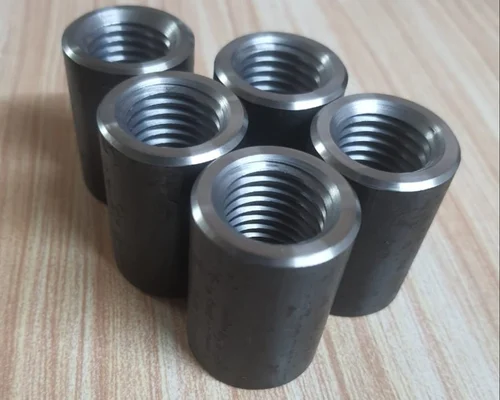
Best Practices
- Proper Selection: Ensure you select the right type and size of coupler for your specific project needs. Factors like the diameter of the rebar, tensile strength, and structural requirements play an important role in your choice.
- Cleanliness: Before coupling, always ensure that the rebar ends and the couplers are free from dirt, grease, or any other contaminants.
- Regular Inspection: Always inspect the threads of the rebar and coupler for any signs of damage or wear.
- Storage: Store couplers in a dry place, away from the elements, to prevent rusting or other damage.
Step-by-Step Instructions
Preparation- Clean the ends of the rebar pieces that will be joined, ensuring they’re free from dirt, grease, and scale.
- If using threaded rebar couplers, make sure the rebar ends are threaded properly according to the manufacturer’s specifications.
- Slide the coupler onto one end of the rebar. If the coupler is of the grout-filled or mechanical compression type, ensure it’s appropriately positioned for the subsequent joining step.
- Align the other rebar piece with the coupler and rotate either the coupler or the rebar until they’re securely connected. Ensure that the two rebars are aligned properly and the coupler connection is tight.
- Check the connection to ensure that the coupler has been fully engaged with both rebar ends.
- If possible, perform a pull-out test to ensure that the connection can withstand the required force.
Common Mistakes to Avoid
- Incorrect Sizing: Using a coupler that’s either too big or too small for the rebar can result in a weak connection, potentially compromising the structural integrity of the entire construction.
- Over-tightening: While it’s crucial to have a secure connection, over-tightening can damage the threads or the coupler itself.
- Insufficient Preparation: Neglecting to clean the rebar ends or inspect for damages can hinder the connection’s strength.
- Skipping Inspection: After installing the coupler, always inspect to ensure it’s properly engaged with both rebar ends. Overlooking this step might result in a weak connection.